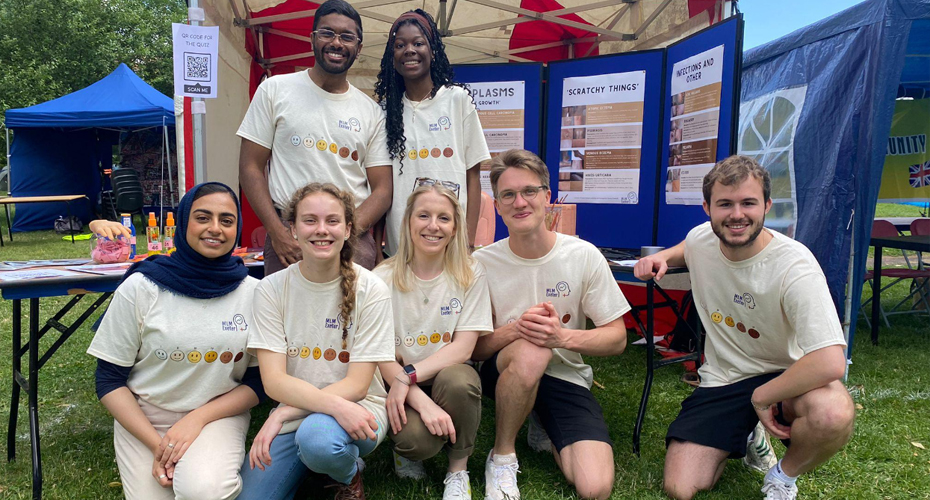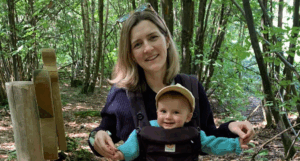Students leading the way in diversifying skin tone in medical education resources

Medical students at the University of Exeter are leading the way in diversifying medical education resources by developing their own, which feature a range of skin tones.
Students at the University of Exeter Medical School have worked on two separate projects, which are now creating resources that can be used to change practice in institutions across the country, to ensure a diverse and representative range of skin tones is used in medical education. One group of students has published a paper, while another student has launched a website providing a repository of diverse images.
A group of seven medical students set up the Skin Diversity Project (Melanin Matters) to raise awareness of how skin conditions look across different skin colours – something that is often missing in medical textbooks – and debunk dermatology myths.
The students took their ‘Skin Diversity: Closing the Gap’ stand to the Exeter Respect Festival, where they interacted with over a thousand members of the public, raising awareness of the lack of diversity in medical education materials. The stand featured posters highlighting skin conditions on different skin colours, anatomy models, and an interactive quiz.
Shihan Salihu, a fourth-year medical student, said: “Going to the Exeter Respect Festival was a really great opportunity, we enjoyed meeting so many people and developed key skills in areas like public speaking and effective communication, which we’ll make use of throughout our clinical careers.”
The students have recently had a paper published about the project, entitled ‘Students bridging the diversity gap in dermatology—A mixed methods study of medical education’ and published in the Journal of European Dermatology and Venereology. The paper reflects on the students’ experience, and highlights how grassroots, student-led, projects can be indispensable in creating wider change. An earlier paper, ‘A student-led public education project on dermatology in skin of colour‘ was published last year. The group are currently working on developing digital resources.
Natasha Syed, a fourth-year medical student and Project Lead for Melanin Matters, said: “We’re currently developing a website which strives to improve awareness and understanding of healthcare inequalities experienced by minority ethnic groups. We hope this will be an insightful educational resource which broadens discussion beyond just dermatology in skin of colour, but advocates for inclusive medical education and equitable healthcare access for all.”
Naabil Khan, a third-year medical student is also calling for more diversity in medical education resources. She launched the Skin For All website this summer, a resource for both medical students and the public, featuring images of the most common skin conditions on a wide range of skin tones.
Naabil said: “Diversity is at the heart of this website and it aims to support every patient we have sworn to provide for as healthcare students. I hope everyone can feel seen, heard, represented and respected when they use Skin For All.”
Dr Musarrat Maisha Reza, Senior Lecturer in Biomedical Sciences and Director of Equality, Diversity and Inclusion, said: “I’m incredibly proud of the dedication and hard work put in by our medical students. Both projects shed light on the lack of diversity in pictures for skin conditions and dermatology teaching and show how students can be the catalysts of change.
“The Exeter Equality, Diversity and Inclusion small grant and Exeter Incubator fund have helped bring these projects to life. Our medical school believes in empowering students to lead research initiatives and I want to commend the remarkable dedication displayed by our students to help us shape the medical curriculum. The projects serve as a shining example of what can be achieved when students are partners in their education and are timely ahead of Black History Month, emphasising the importance of equitable healthcare practices for all our communities.”



